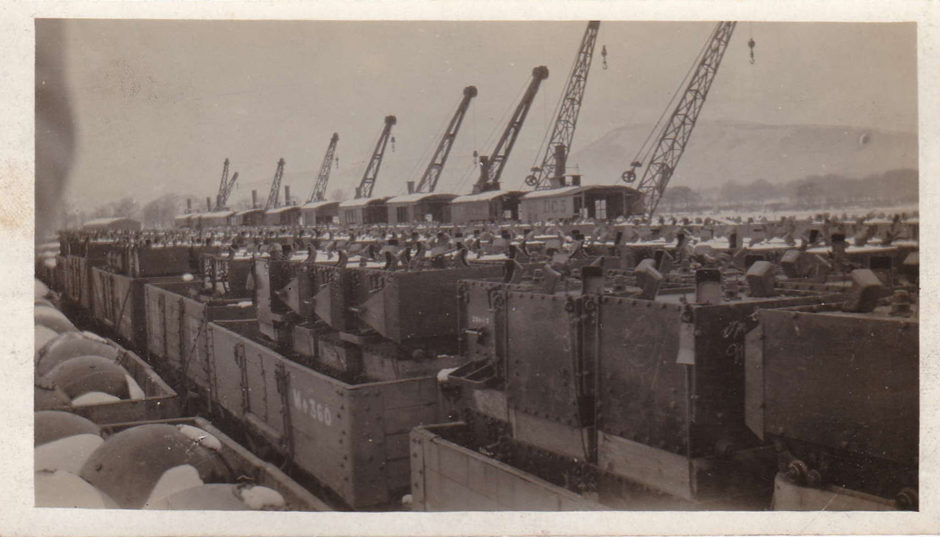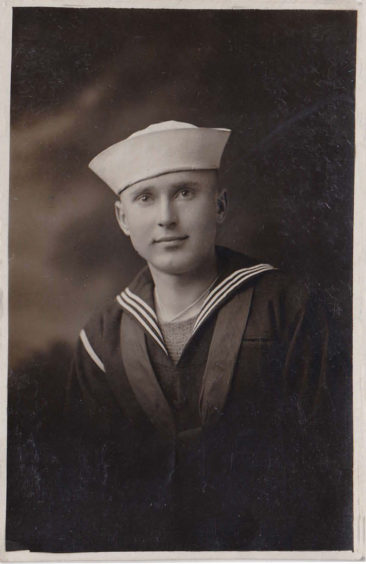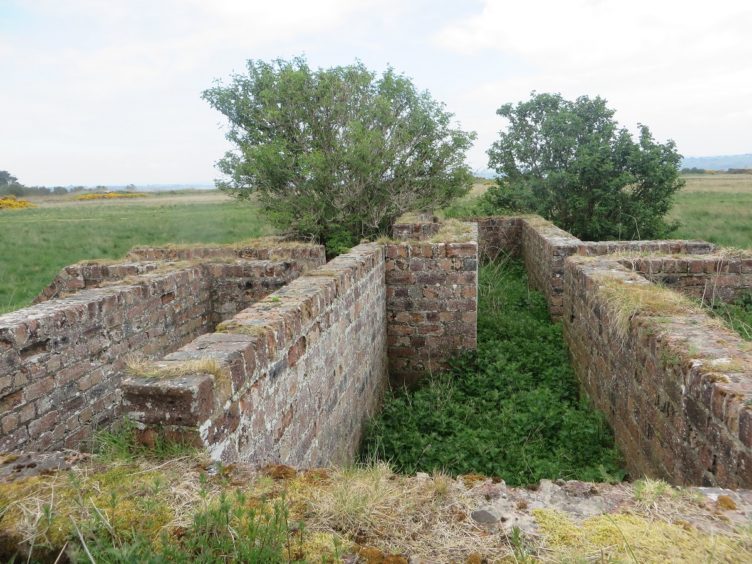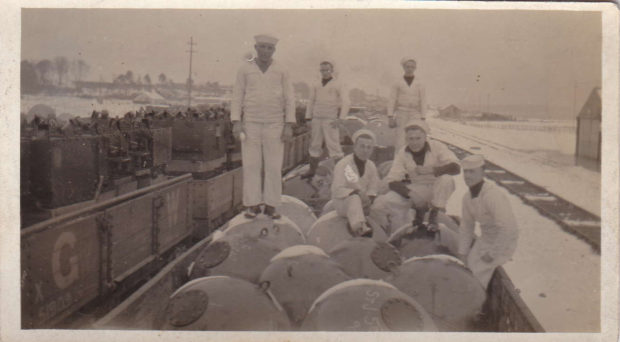A new exhibition will shed light on the little-known story of a Scottish distillery that was taken over by the US Navy during the First World War.
Its activities shifted from creating spirits for mine host to assembling mines against hostile forces between Orkney and Norway during the conflict.
The fascinating story of wartime activity at Dalmore Distillery in Alness is the subject of a new exhibition, organised by Archaeology for Communities in the Highlands (Arch) which will be launched on Tuesday, June 18 at Invergordon Museum.
The organisation has investigated how the site was transformed from producing Scotland’s national drink into a buzzing hive of activity for American navy and RAF personnel during the two great conflicts of the 20th century.
Susan Kruse, the learning and engagement manager at Arch, has worked alongside a 20-strong team to research the project which casts the spotlight on a previously hidden chapter from the past.
She said: “In 1917, the distillery was taken over by the US Navy to assemble mines for laying between Orkney and Norway in the Northern Barrage.

“The mine components were shipped from the US to the west coast, then transported by rail from Kyle of Lochalsh to Dalmore.
“Mines were assembled in large sheds at Dalmore, then loaded onto mine-laying ships for deployment. A similar set-up was at the Glen Albyn Distillery in Inverness.
“The story of this US presence in the Highlands, and the Northern Barrage, is an interesting tale which is little known.”
Ms Kruse explained that the group had been fortunate to gain access to scans of photographs which were given to Invergordon Museum by the grandson of a sailor, Wayne O Abbott, who served at Dalmore more than 100 years ago.

Researchers also uncovered plans, a rare aerial photograph, and other documentation to flesh out their findings. They even unearthed a First World War building, the detonator store, which is clearly visible from the A9 Inverness to Tain road, en route to Dalmore.
She added: “The mines were deployed from Invergordon, and a special branch line was built along the shore, as well as a new connection from the distillery to the main line.
“Rails were in such short supply at this time, that they were taken from Aberdeenshire for the line along the shore.
“A pier was built in 1918 to allow the mines to be transported directly from the base, but it was completed after the war. It is known today as the Yankee Pier.”
The Dalmore and Inverness bases assembled and deployed more than 56,000 mines between May and November. After peace was declared, the difficult task of retrieving the mines began, with the distillery transferred to the Admiralty in 1919.

In the mid-1920s the land and buildings passed back to Dalmore Distillery. But in 1942 the land to the west of the distillery was again taken over, this time by the RAF who had outgrown the facilities in Invergordon.
The force had sites dotted all over Alness and Dalmore, with the distillery land known as the technical area. Detailed plans, some photographs, and blast shelters and foundations of a number of buildings still survive, and the exhibition features an abundance of memories of men and women who served there.
The project was funded by the Cromarty Port Authority and the Orion Group and entry to the exhibition is free. It will remain at Invergordon Museum through the summer, although it will subsequently go on tour.
